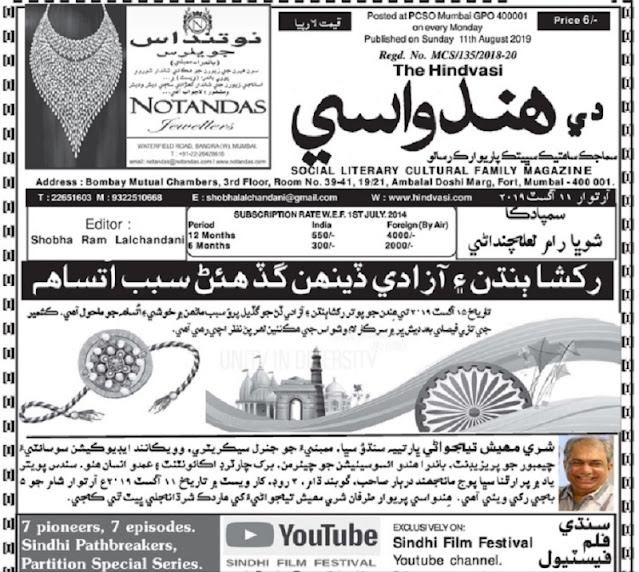Approaches to Audience: An Overview of the Major Perspectives
Author: Mary Jo Reiff
Publisher: Parlor Press
Year: 2004
Pages: 160
Reviewed by: Kaleem Butt
Professor Mary Jo Reiff has published books and articles on audience theory, public rhetoric, rhetorical genre studies and recently completed a co-edited collection on writing programs entitled Ecologies of Writing Programs: Profiles of Writing Programs in Context (Parlor Press 2015). She also co-authored the book Genre: An Introduction to History, Theory, Research, and Pedagogy (Parlor Press, 2010) and has a forthcoming collection co-edited with Anis Bawarshi entitled, Genre and the Performance of Publics (Utah State University Press 2016). Reiff has also published a book on audience, Approaches to Audience: An Overview of the Major Perspectives (2004) and has co-authored textbooks (with Amy Devitt and Anis Bawarshi) entitled Scenes of Writing: Strategies for Composing with Genre (2004) and Rhetoric of Inquiry (2009, with Kirsten Benson).
Articles related to her research on writing programs, writing knowledge transfer, audience, critical ethnography, and public genres have appeared in Written Communication, Composition Studies, College English, and JAC. She is currently series co-editor for Reference Guides to Rhetoric and Composition with Parlor Press and Managing Editor for the journal Composition Forum, and serves on the editorial board for the journal Written Communication.
This concise text covers the major approaches to audience, from treatments in classical rhetoric to those in current composition studies. It provides new and prospective teachers with practical information that they can use to approach the difficult question of audience more productively in the classroom.
The book is divided into six chapters, in addition to a preface and afterword that elaborate on the purpose of the text and its place in the field. As an associate professor and director of composition at the University of Tennessee, Reiff has spent a number of years tackling the concept of how to successfully reach an audience.
She demonstrates quickly that this is indeed her area of expertise by building a historical picture for us in the first chapter, “Rhetorical approaches: A brief history,” which starts with Aristotle’s classical rhetoric and its function to persuade public audiences and moves through the medieval and Renaissance periods and then the eighteenth through twentieth centuries. Reiff traces the rise, fall, and resurrection of audience as a critical component of discourse—all in a modest 23 pages.
Furthermore, the authors writes about an economic treatment of cognitive, textual, contextual, and social constructionist approaches to audience, using no more than 25 pages in any chapter and as few as 15 for the social constructionist approach. Chapter 2, “Cognitive approaches: The reader in the writer,” looks at “egocentrism and audience awareness” as well as some differences between spoken and written discourse, while also reviewing some empirical research. Chapter 3, “Textual approaches: The reader in the text,” examines the implications of language use for different types of readers. Structuralism, formalism, and phenomenology are all considered here. In Chapter 4, “Contextual approaches: Uniting audience, writer, and text.”
Features include sample heuristics, sample assignments, discussion questions (within each chapter), questions for further consideration (at end of each chapter), and recommendations for further reading.




Comments
Post a Comment